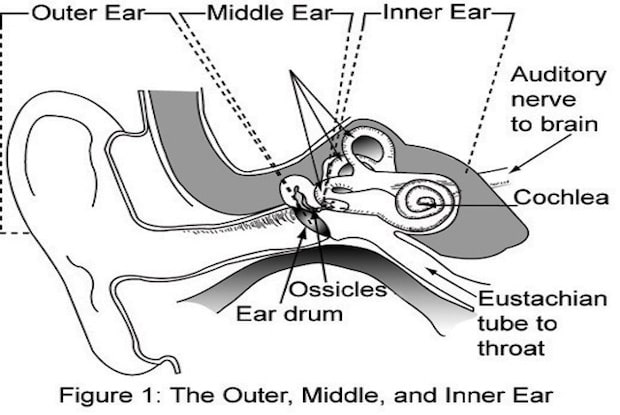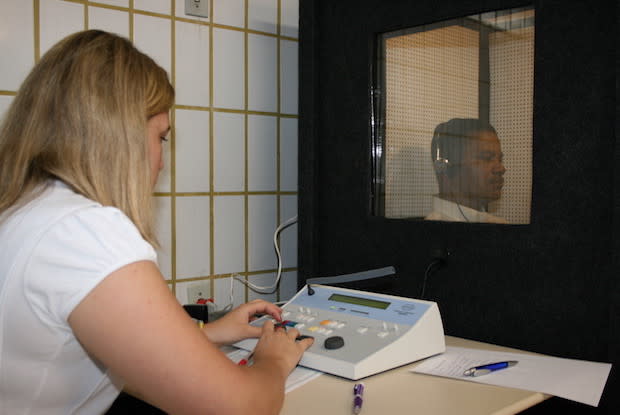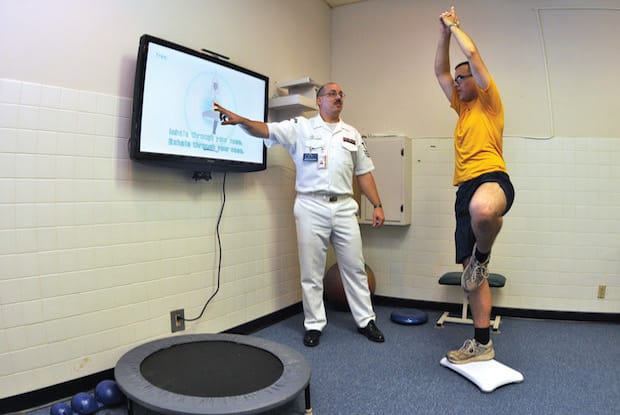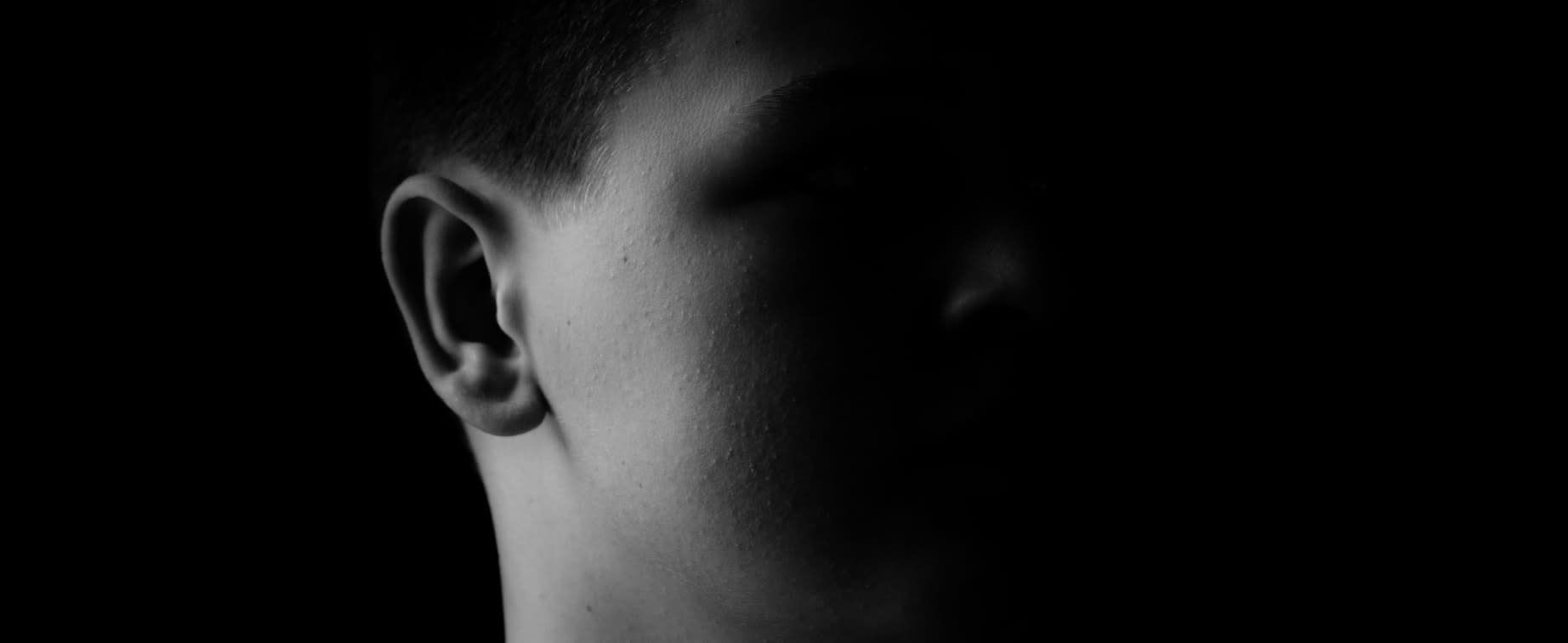Table of Contents
Everyone has felt dizzy at some point in their life, but in some cases, dizziness may be a serious condition. Vertigo is the sensation of feeling off balance and can result in dizzy spells. Over 69 million people in the United States have experienced vertigo, and 8 million people regularly suffer from chronic balance issues. [1]
Feeling off-balance may not sound too serious, but people with vertigo can severely injure themselves if they do not take the proper medications. Doctors may prescribe medications like generic betahistine, which is also known as called Serc or Betaserc in the United States, to treat vertigo. Vertigo is a symptom of several conditions, so read on to learn more about the causes, symptoms, and treatment for vertigo.
Vestibular Disorders
Vertigo is typically caused by an inner ear condition. Conditions of the inner ear are referred to as vestibular disorders. The vestibular system includes the parts of the inner ear and brain that help control balance and eye movements. Many factors can lead to a malfunction in this system, including disease, aging, or injury. When your vestibular system is damaged, it can result in:
- Vertigo
- Imbalance and spatial disorientation
- Hearing changes
- Vision disturbances
- Cognitive changes
Get savings updates for Betahistine
The severity of your vestibular disorder can vary greatly, so symptoms can differ from person to person. If you are unaware that you have a vestibular problem, your symptoms can be frightening and challenging to describe. If this issue is not treated correctly, your school, work, and social life may be affected. [2]
Symptoms of Vertigo
Those with vertigo often feel as if their head or the space around them is moving or spinning. Because vertigo is a symptom of various conditions, it can occur alongside several other symptoms, including:
- Ringing in the ear (tinnitus)
- A feeling of fullness in the ear
- Headaches
- Lightheadedness
- Balance problems
- Nausea and vomiting [3]
There are two main types of vertigo, including peripheral and central vertigo. Both types are caused by different conditions and can lead to accompanying symptoms. In rarer cases, a person may experience cervical vertigo due to neck-related injuries. Peripheral Vertigo: This type is typically considered the more severe form of vertigo. Peripheral vertigo results from a problem with the inner ear—around 80 percent of vertigo fall under this type. There are tiny organs in the inner ear that respond to gravity and your physical position. These organs send messages to nerve signals in the brain, enabling the ability to balance and stand up properly. If something goes wrong with this intricate system, it can result in peripheral vertigo. [4] Inflammation, benign paroxysmal positional vertigo (BPPV), and Ménière's disease are the most frequent causes of peripheral vertigo. BPPV is the most typical form of peripheral vertigo and can occur due to certain head movements. When your head moves, small pieces of anatomical debris can break off from the inner ear canals and stimulate small hairs that line the inner ear. This can confuse your brain and lead to symptoms, including vertigo. Ménière's disease is a disease of unknown cause that causes progressive deafness and vertigo. [5] Central Vertigo: Central vertigo is less common and is due to a problem in the brainstem or the back part of the brain (cerebellum). This central nervous system disorder affects 20 percent of vertigo patients. Central vertigo can be caused by several factors, including: Cervical Vertigo: This type is also referred to as cervicogenic dizziness. Cervical vertigo is a neck-related sensation that involves a person feeling like they are spinning, or the surroundings around them are spinning. This type of vertigo often occurs from a head injury that can disrupt head and neck alignment, or whiplash. You may develop cervical vertigo because of poor neck posture, neck disorders, or trauma to the cervical spine. Cervical spondylosis (advanced neck osteoarthritis) may also cause this condition. This involves the degeneration of your vertebrae and neck disks over time. This puts pressure on your spinal cord and can block blood flow to the brain and inner ear. When that flow is blocked, vertigo can occur. Symptoms of cervical vertigo can include: Your doctor may test you for vertigo if you are older, suffered a blow to the head, or suffered a stroke. If you are experiencing dizziness, your doctor will ask you to list your symptoms as well as perform a physical exam. Your doctor will examine how you walk and maintain your balance. Along with MRI and CT scans, the following tests may be performed: Dix-Hallpike Maneuver: Your doctor will perform this test if they believe your vertigo is due to benign paroxysmal positional vertigo. They will turn your head 45 degrees to one side then quickly have you lie on your back with your head off the side of the table. The doctor will have you maintain that 45-degree head turns for at least 30 seconds. If you feel dizzy or disoriented after this test, you may have vertigo. [8] Romberg’s test: The doctor will have you stand with your arms at the side and feet together and ask you to close your eyes. If you become unsteady upon closing your eyes, you may have a central nervous system problem. Fukuda-Unterberger’s test: In this test, your doctor will ask you to march on the spot for 30 seconds with your eyes closed. If you rotate to one side during this test, it may indicate a lesion in the inner ear labyrinth. [9] Posturography: Your doctor will determine the condition of your balance and what parts may be giving you problems. This test is done by putting your bare feet on a platform, and you are asked to try to keep your balance under various conditions. [8] In some cases, dizziness may remedy itself, but you may have to seek treatment if your dizziness does not improve on its own. In severe cases of vertigo, you will likely require a combination of medication and therapy. If you suffer from Ménière's disease, your doctor may recommend water pills or diuretics. Water pills, combined with a low-salt diet, can reduce dizziness episodes. Betahistine (Serc) is a medication used to treat vertigo symptoms, especially in those with Ménière's disease. This drug is available by prescription only. This drug can reduce the frequency of vertigo by decreasing pressure in the ear. [10] Depending on the type and severity of your vertigo, you may also be prescribed anti-anxiety medications like Valium or Xanax. These medications should be prescribed with discretion because they are often addictive and can cause drowsiness. Migraine medications may also be necessary for vertigo treatment if your vertigo is the result of vestibular migraines. [8] Along with medications, you may also need physical therapy to improve your balance. You can learn specific exercises to make you less sensitive to motion. This is called vestibular rehabilitation and can be used for those with dizziness related to inner ear conditions. You may also undergo head position maneuvers that can help resolve benign paroxysmal positional vertigo more quickly. An audiologist or physical therapist can do these exercises. Improvements in your vertigo condition can occur after one or two treatments. [8] The content in this article is intended for informational purposes only. This website does not provide medical advice. In all circumstances, you should always seek the advice of your physician and/or other qualified health professionals(s) for drug, medical condition, or treatment advice. The content provided on this website is not a substitute for professional medical advice, diagnosis or treatment.
Types of Vertigo

How is Vertigo Diagnosed?

Treatment
a. Medications

b. Therapies
